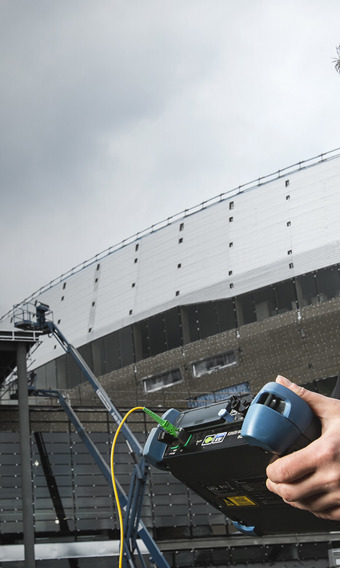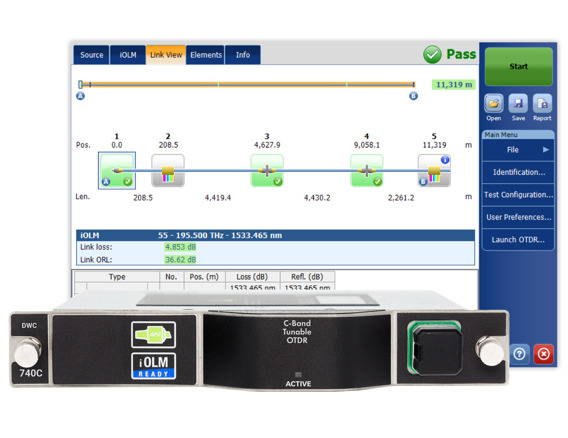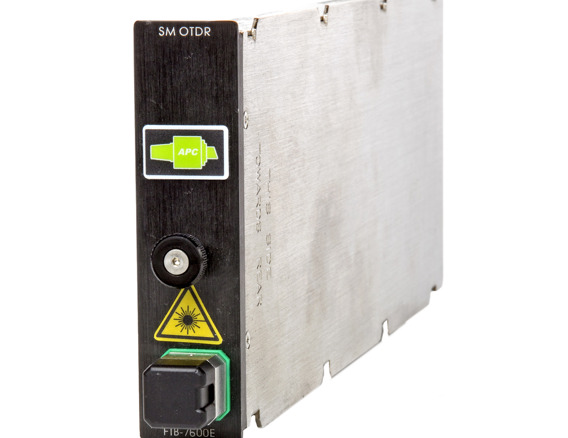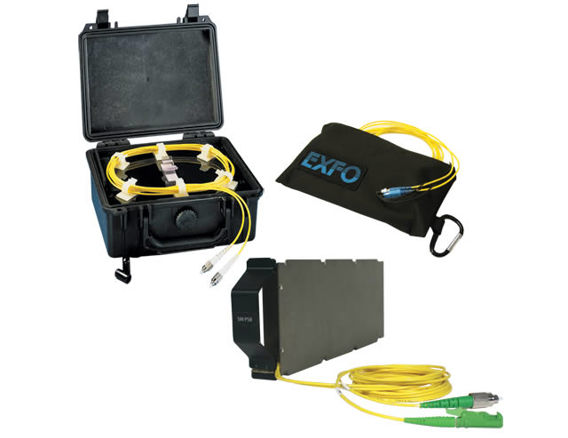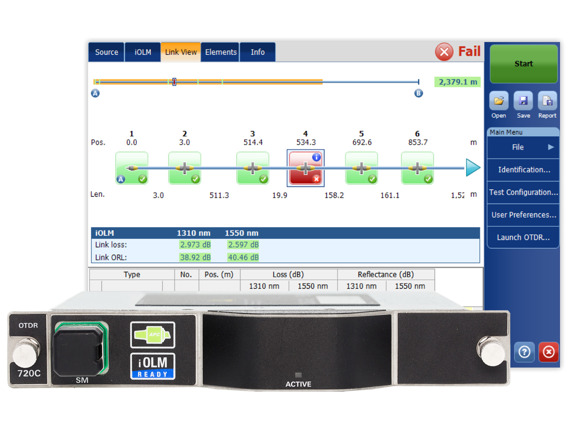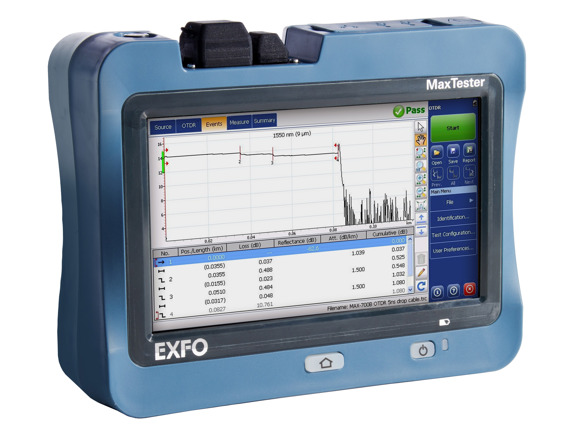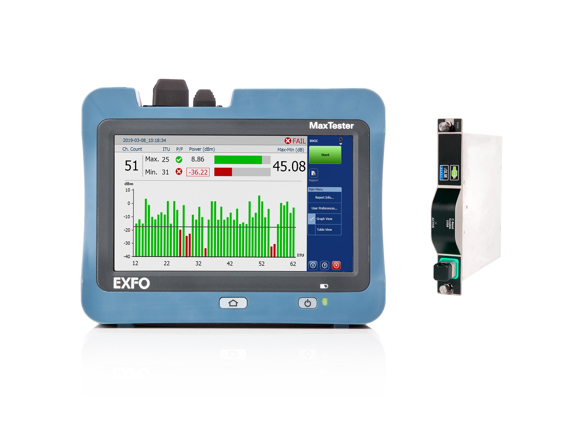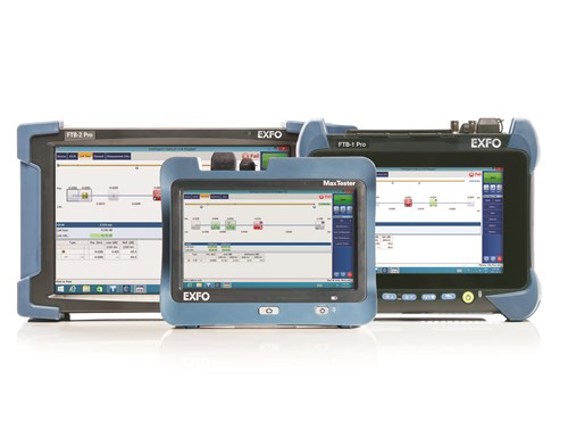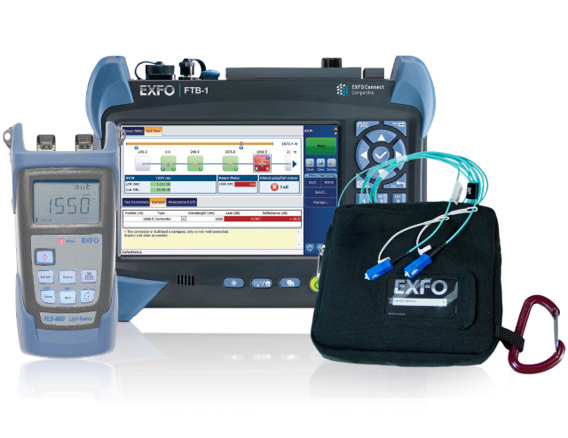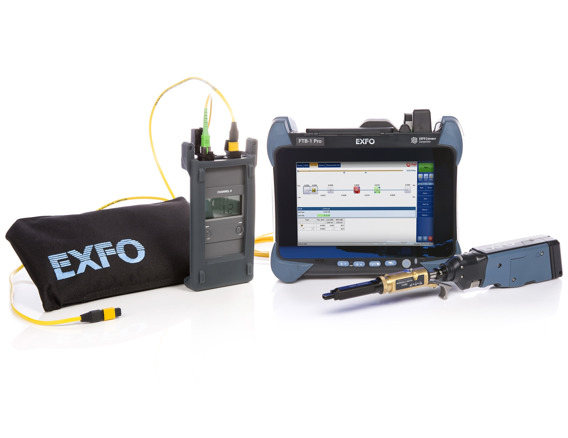Resources
All resources
Brochures and catalogs
OTDR and iOLM selection guide - English
(May 21, 2019)
Brochures and catalogs
OTDR and iOLM selection guide - 中文
(May 21, 2019)
Reference posters
OTDR/iOLM - English
(March 08, 2019)
Reference posters
OTDR/iOLM - 中文
(March 08, 2019)
Reference posters
OTDR/iOLM - Español
(March 08, 2019)
Blog
When to use an OTDR vs light source power meters - English
(October 04, 2017)
Expert insights
New RAN architectures, densification and fiber mark 5G deployment - English
(May 18, 2023)
Flyers and pamphlets
Are you ready for the 5G revolution? - English
(June 11, 2020)
Flyers and pamphlets
Are you ready for the 5G revolution? - Français
(June 11, 2020)
Flyers and pamphlets
Are you ready for the 5G revolution? - 中文
(June 11, 2020)
White papers
Finding the right testing strategy for the FTTH deployment - English
(July 06, 2020)
White papers
Finding the right testing strategy for the FTTH deployment - 中文
(July 06, 2020)

